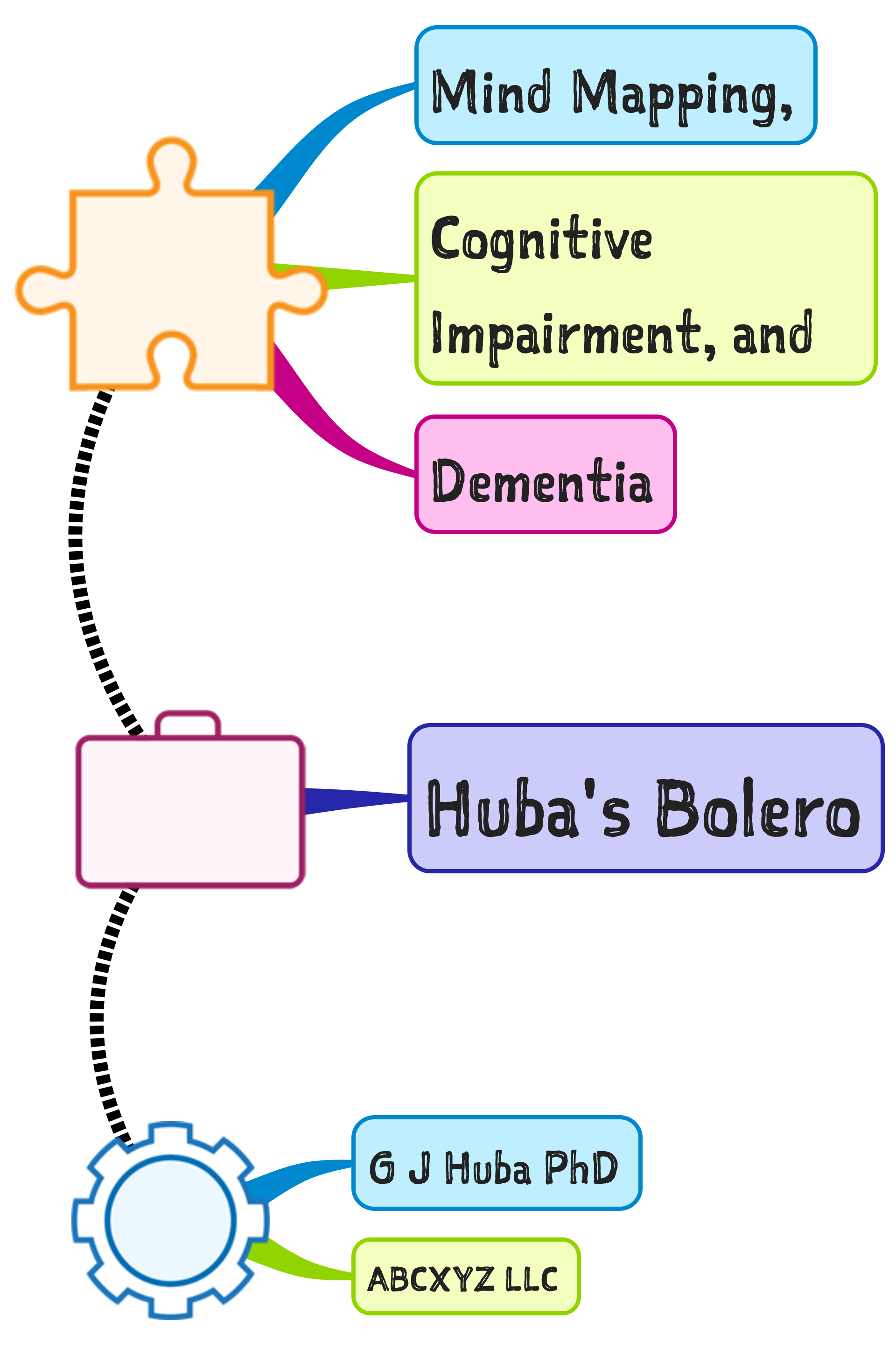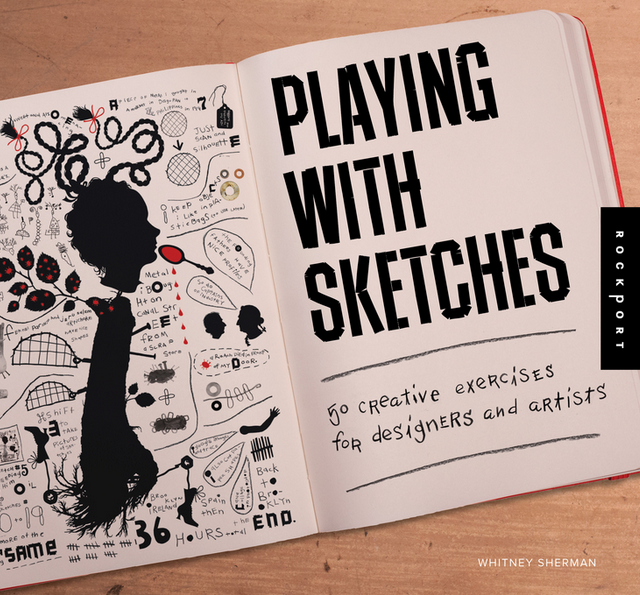Since the beginning of this blog in 2012, I have consistently — with each new version — concluded (from dozens of comparisons with other programs) that iMindMap is the single best program for developing mind maps. Period.
With version 8.0, iMindMap is no longer the world’s best mind mapping program. Rather, it is the world’s best mind mapping program PLUS additional features that make it the world’s best visual thinking environment (or VITHEN using my coined term). Period.
What makes iMindMap 8.0 so valuable as an overall mind mapping and visual thinking tool is that it encourages you to use iterative, hierarchical, nonlinear, big-picture, creative ways of generating ideas, communicating those ideas, and integrating the ideas with the data of images and statistics. There is no tool I know of that is better for these overall tasks and the building of creative models.
I use iMindMap between 3 and 10 hours per day on the Mac, iPad, and iPhone 6 Plus.
Version 8 exceeds Version 7 in that the program has been significantly speeded up both for computer processing and in general usability of all of its advanced formatting features. The increased speed with which advanced formatting can be done encourages more precise and creative visual thinking.
Did I mention it has a very good (becoming excellent) 3 dimensional display mode and provides a much better presentation tool than the PowerPoint standard? The new Brainstorming Mode (file cards on a corkboard metaphor) allows those who like to see words rather than images to brainstorm in the mode most natural to them. I’ll never use the mode but I project many will embrace it.
The iMindMap program has been the best tool I have had to allow me deal with a neurocognitive neurodegenerative disorder and continue to be productive over the past five years. The program permits me to think at a very high level which I cannot do nearly as well with other techniques or other mind mapping programs.
All seven maps shown here are identical except for their format.
[I intentionally did not use any clipart because I did not want distract from the basic creative thinking and model development-presentation functions of iMindMap that are the real core of the program. With any of the variations of this map, if you spend 10 minutes adding selected included clipart or icons, the map will be even more visual.]
The remainder of my review is — appropriately — presented as a mind map.
Click images to expand.
Three styles provided with the iMindMap program.
4 Custom Styles I Use in My Own Work and 4 Variations on the Same 3D Mind Map













































